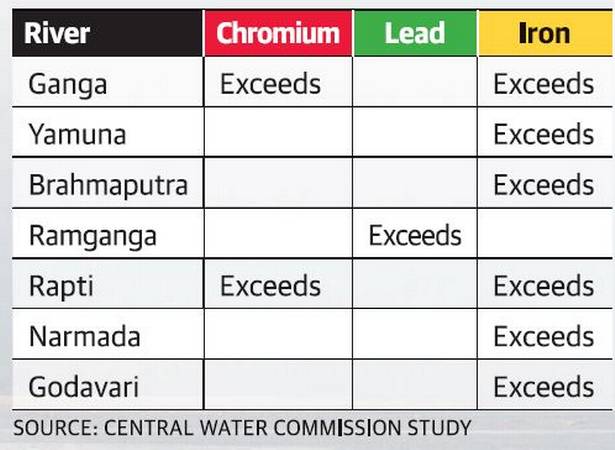PSLV C-48
- PSLV in its 50th flight (PSLV-C48), successfully launched RISAT-2BR1 along with 9 commercial satellites.
- RISAT-2BR1 is a radar imaging earth observation satellite weighing about 628 kg.
- It will provide services in the field of Agriculture, Forestry and Disaster Management. The mission life of RISAT-2BR1 is 5 years.
- The nine commercial satellites were from Israel, Italy, Japan and USA.
- These satellites were launched under a commercial arrangement with New Space India Limited (NSIL), the commercial arm of ISRO.
- PSLV-C48 has launch vehicle in 'QL' configuration i.e with 4 solid strap-on motors.
PSLV
- It is the3rd generation launch vehicle and first Indian launch vehicle to be equipped with liquid stages.
- It emerged as the reliable and versatile workhorse launch vehicle of India with consecutively successful missions.
- It successfully launched two spacecraft such as Chandrayaan-1 in 2008 and Mars Orbiter Spacecraft in 2013.
- 3 variations in PSLV - PSLV-G (General), PSLV-XL variants and PSLV-CA (Core Alone).
- It has 4 stages in its operation to provide thrust in launching spacecraft to different orbits.
- Stage I: It uses solid rocket motor that is augmented by 6 solid strap-on boosters. Strap on boosters are used only in G and XL variation.
- Stage II: It uses an Earth storable liquid rocket engine, known as the Vikas engine.
- Stage III: It uses solid rocket motor that provides high thrust after the atmospheric phase of the launch.
- Stage IV: It comprises two Earth storable liquid engines.
- Capacity - 1,750 kg of payload to Sun-Synchronous Polar Orbits of 600 km altitude and to 1,425 kg of payload to Geosynchronous and Geostationary orbits, like satellites from the IRNSS constellation.
Heavy Metal Contamination in Indian Rivers
- Central Water Commission released a report which pointed out that 2/3rd of the water quality stations spanning India’s major rivers showed contamination by one or more heavy metals.
- The study spanned 67 rivers in 20 river basins.
- The concentration of heavy metals exceeds safe limits set by the Bureau of Indian Standards.
- The presence of metals in drinking water in trace amounts is required for good health and when present above safe limits, it will bring range of disorders.
- Iron emerged as the most common contaminant in most of the sampled sites registering levels of the metal above safe limits.
- The other major contaminants found in the samples were lead, nickel, chromium, cadmium and copper.
- Lead, cadmium, nickel, chromium and copper contamination were more common in non-monsoon periods.
- While iron, lead, chromium and copper exceeded ‘tolerance limits’ in monsoon periods most of the time.
- None of the sites registered arsenic and zinc levels above the safe limit.
- Arsenic contamination is a major environmental issue that affects groundwater.
- The main sources of heavy metal pollution are mining, milling, plating and surface finishing industries that discharge a variety of toxic metals into the environment.

Amendment in IBC Code
- Union Cabinet has recently approved the proposal for Insolvency and Bankruptcy Code (Second Amendment) Bill, 2019.
- It amends Insolvency and Bankruptcy Code 2016 to remove certain difficulties being faced during insolvency resolution process.
- It includes a provision to ring-fence successful resolution applicants from criminal proceedings against offences committed by previous managements or promoters of a company.
- Thus, it gives the comfort to buyers of stressed assets.
- It would also ensure that the substratum of the business of a corporate debtor is not lost.
- It also held that licences, permits, concessions, clearances etc. cannot be terminated or suspended or not renewed during the moratorium period.
Rare Earth Metals
- Rare Earth Elements or Rare Earth Metals are a set of 17 chemical elements in the periodic table that have similar chemical properties.
- It includes 15 lanthanides plus scandium and yttrium.
- One of the Rare Earths, promethium, is radioactive.
- Some of the applications of Rare Earth Metals are,
- Cerium is used in Space shuttle components, jet engine turbines and drones
- Scandium is used in Televisions and fluorescent lamps
- Yttrium is used in drugs to treat rheumatoid arthritis and cancer
- Other applications - Technologies of consumer electronics, computers and networks, communications, clean energy, advanced transportation, healthcare, environmental mitigation, and national defence.
- China dominates the production of these elements.
- Recent Development - The United States Army has planned to fund the construction of a Rare Earths processing facility,
- This is to secure the domestic supply of minerals that are used to make military weapons and electronics.
- The decision comes after China threatened to stop exporting Rare Earth materials to the US amid the ongoing trade war between the countries.
- This will be the first financial investment by the US military into commercial-scale Rare Earths production since the Manhattan Project to build the first atomic bomb during World War II.
Source: PIB, The Hindu
